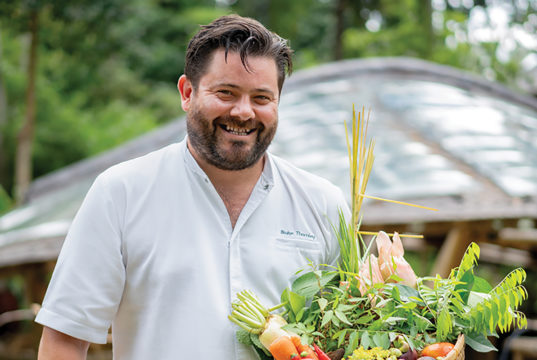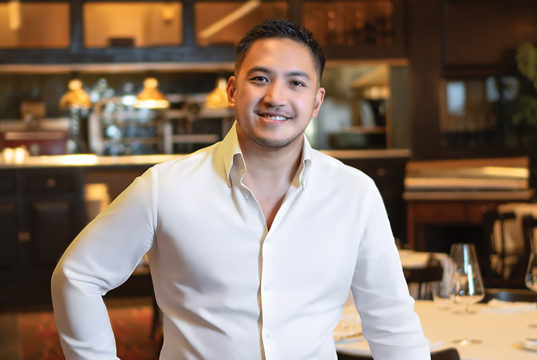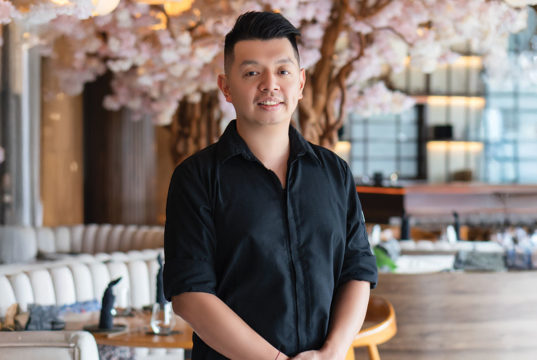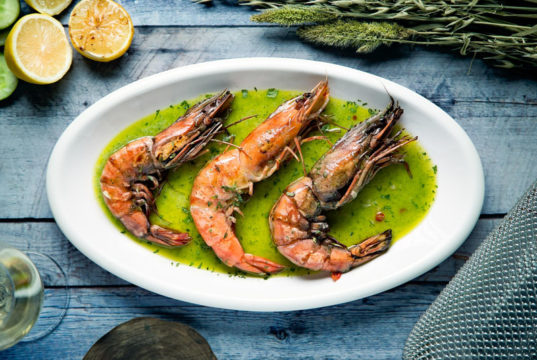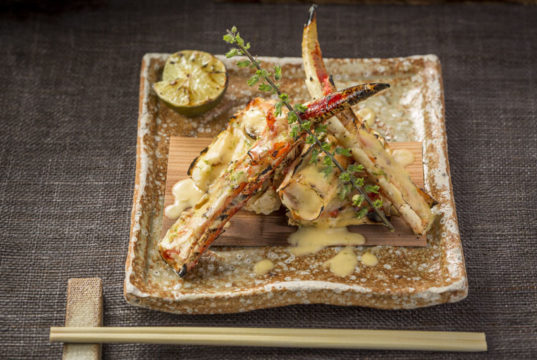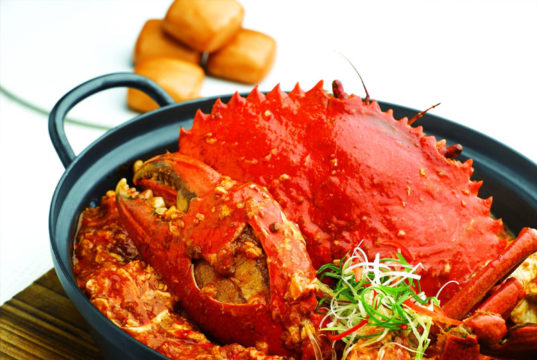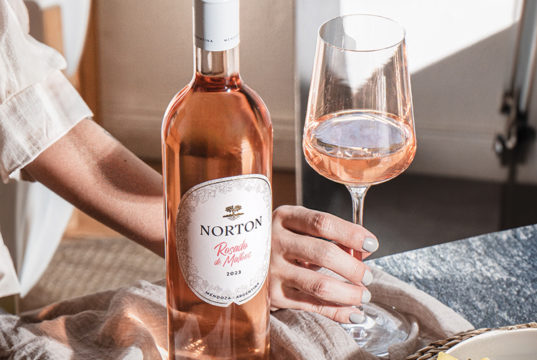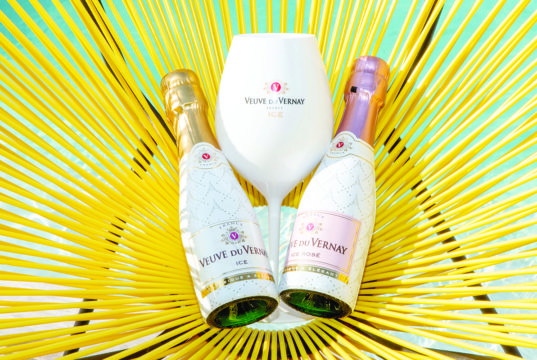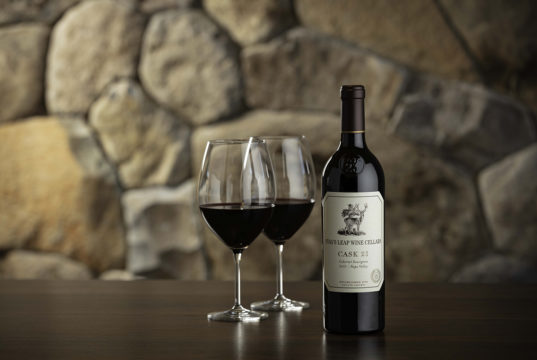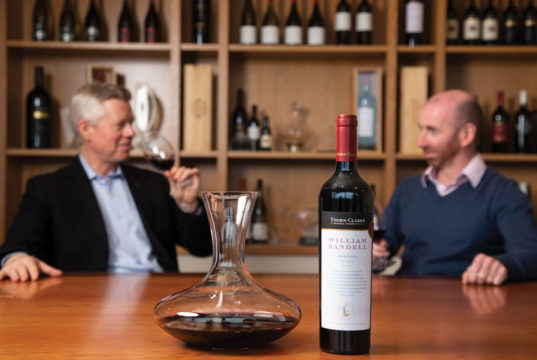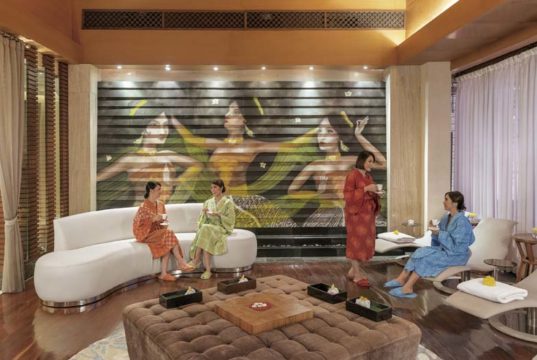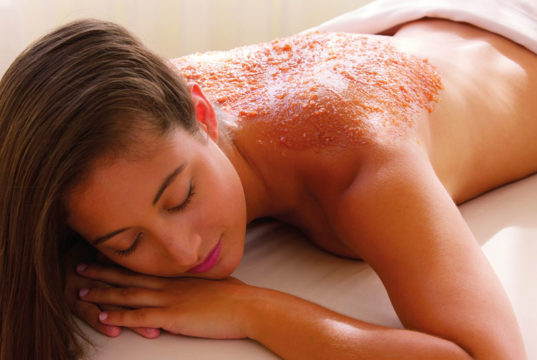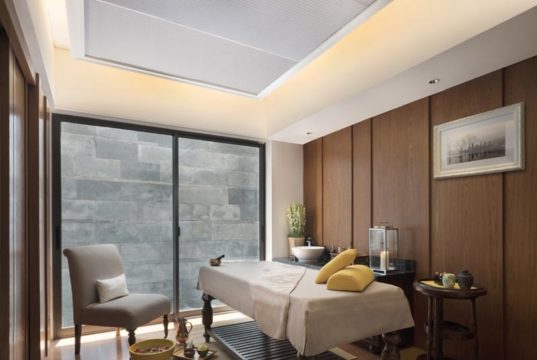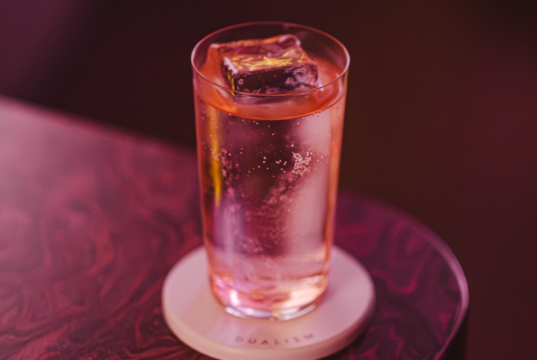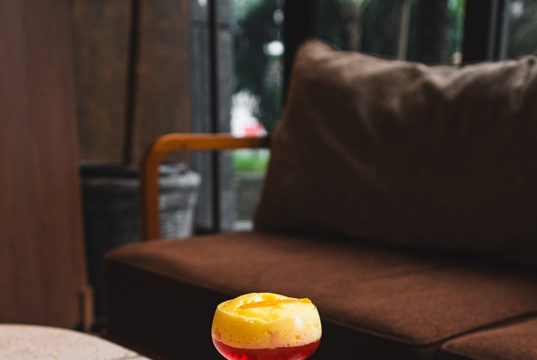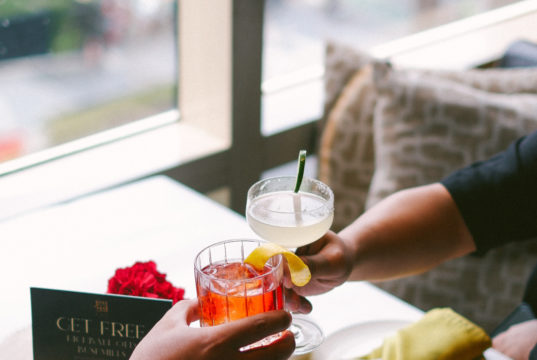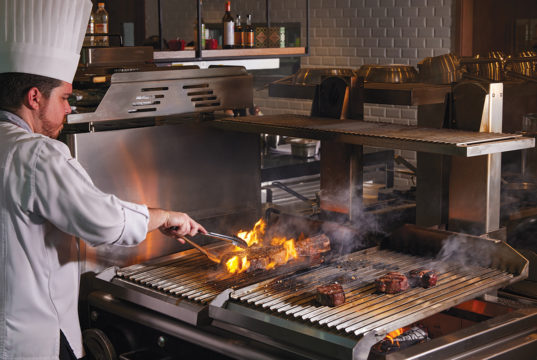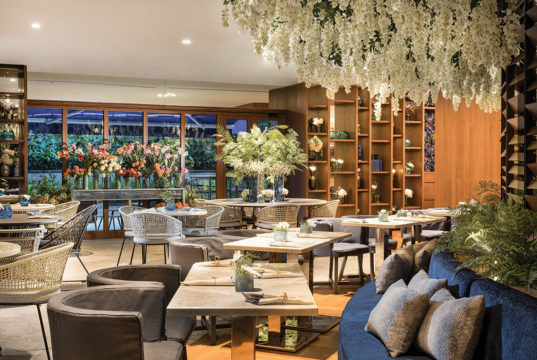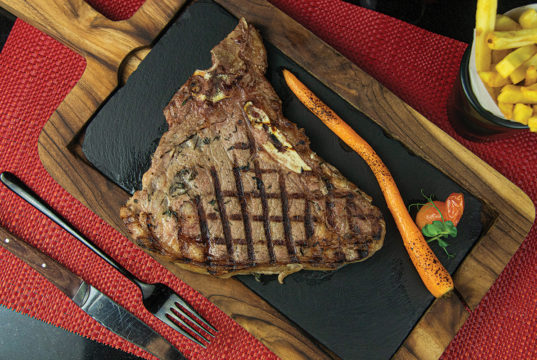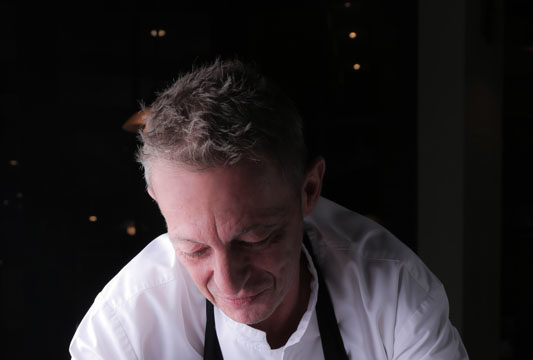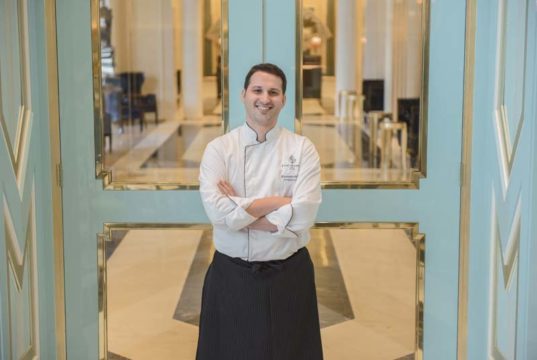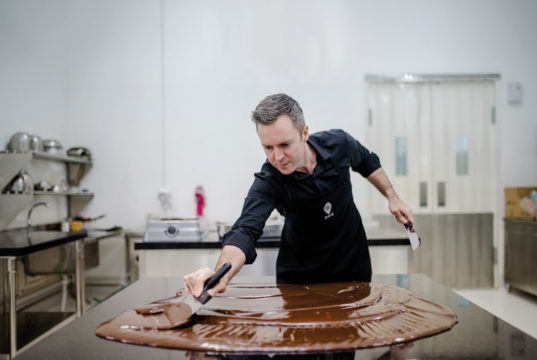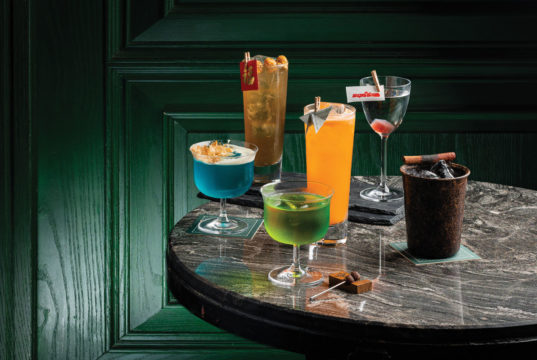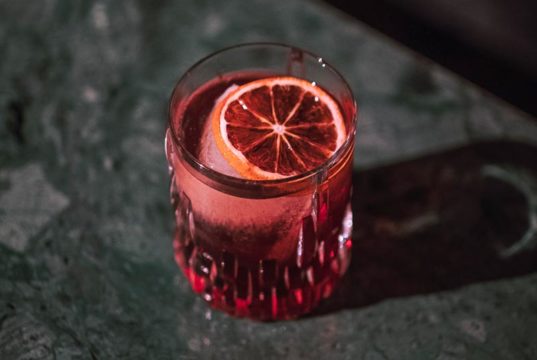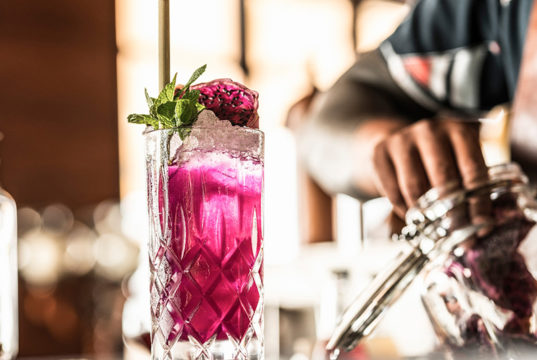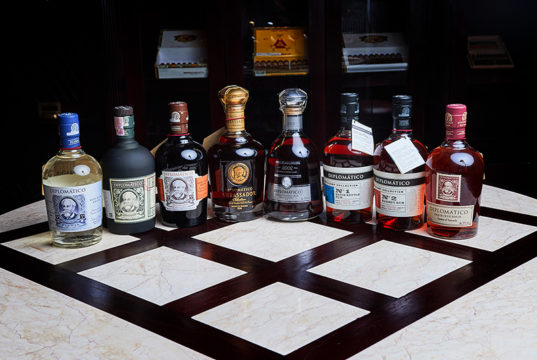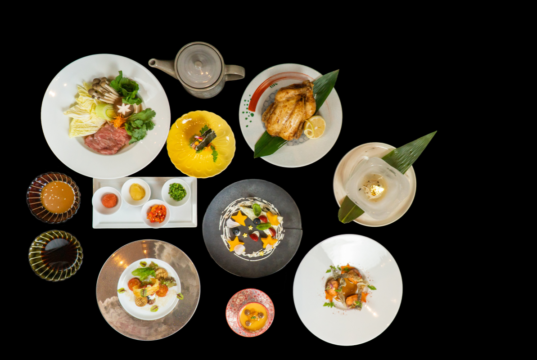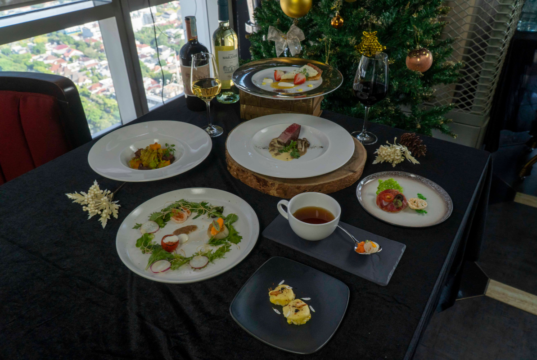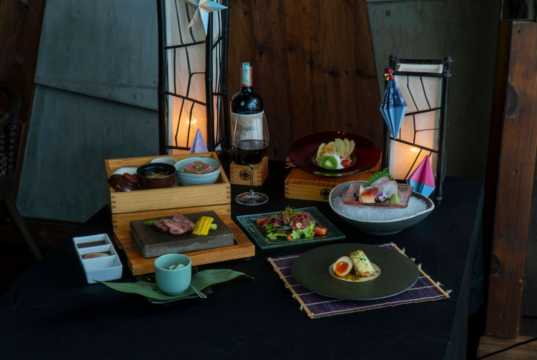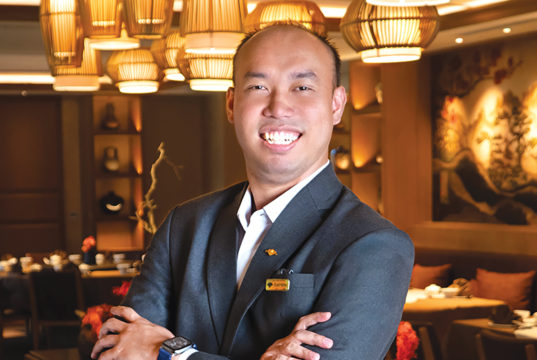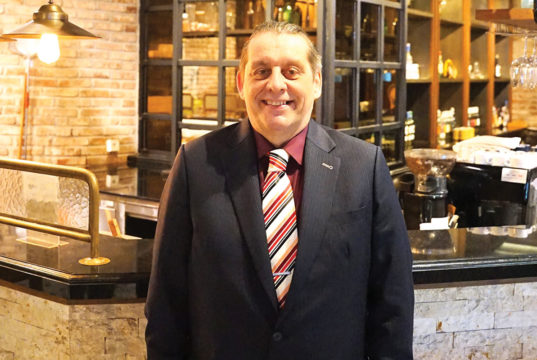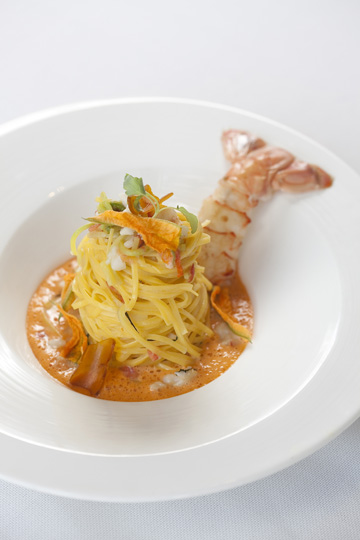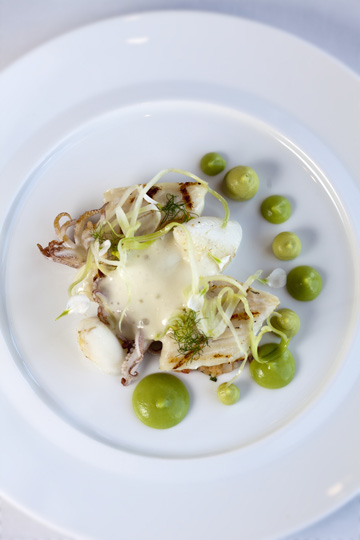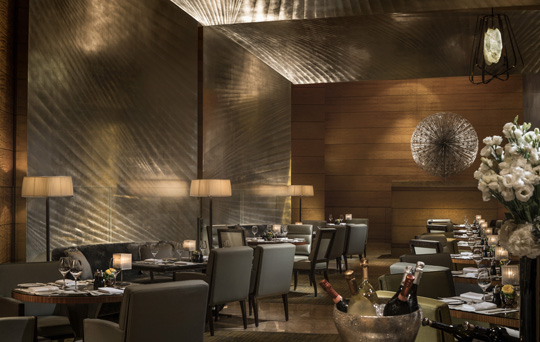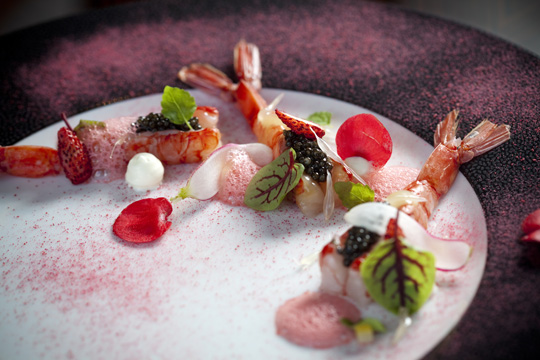Italian Executive Chef of the Four Seasons Hotel Hong Kong brings the best of two culinary worlds together with Chinese-Italian fusion cuisine, so we jet setted to the Pearl of the Orient to talk about – and taste – this intriguing and delicious, award-winning approach.
A palm of Italian. A dash of Asian. And some Czech Republic and Russian thrown in for good measure. That is what diners have to look forward to – and plenty of it – on the menus at Four Seasons Hotel Hong Kong thanks to Executive Chef Andrea Accordi, who creates award-winning fusion cuisine from his three decades of kitchen experience around the globe.
Sitting in the dazzling, glass-walled setting of The Lounge at Four Seasons Hotel Hong Kong, Chef Andrea spoke to Exquisite Taste about his work in some of the world’s best – and most challenging – culinary destinations, and he reveals why Italian and Chinese cuisine are a match made in cooking heaven.
E : Today you’re the Executive Chef for one of Asia’s finest hotels, but what first enticed you into the kitchen?
A: To be perfectly honest, at the beginning I didn’t even know I wanted to be a chef, it came as a total surprise! I really wanted to leave school whilst I was still young, but of course my family wanted me to continue my studies, so one day they came home and handed me an application to a cooking school. With little other option, I obliged, and day by day I finally loved going to school, being in the kitchen environment and following the teacher’s lead. That’s really when my passion began. My family even found me a position at one of the best Michelin-starred restaurants in the area, to work and train at in the evenings. I was only 14-years-old at the time, so my colleagues really took care of me and taught me everything I know today.
E : You’re originally from Italy, home to some of the finest culinary ingredients in the world. What brought you to Hong Kong?
A: That’s a very long story! After culinary school I decided to move to London with my team, who were going to work at the Regent London. Then the same team moved to open a restaurant in London, and the head chef at that time moved to Penang, Malaysia. I was young and I wanted to follow my mentor so I went there to see him for two weeks and to see Asia for the first time. Around the same time, the Regent Bangkok needed an Italian chef, so they chose me. I was only 18 and that’s when I realised I’d fallen in love with Asia. After a few other appointments in different hotels, including my time in Phuket when I was the youngest fine dining chef in Asia at 21 years old. My executive chef at that time used to be the fine dining chef of Peninsula Hong Kong – the best French restaurant in the country – so one day he took me to Hong Kong and I was amazed by the city, the food, everything. I ended up working there for three months to learn Chinese cuisine and dim sum, and that’s when I realised this is where I wanted to be.
E : We’ve heard that you use your life experiences for inspiration for your dishes. Can you give us some examples?
A: Absolutely, and this is particularly true for one dish that I created while in Prague, Czech Republic. It was a Chinese char siu, and I used traditional techniques but used local Iberico pork neck cooked in sugar, marinated in the same way, but with Asian spices. It was presented in a glass sphere, and the pork was totally covered with honey and glucose, before the waiter would take it out and cut it in front of the guests. It was amazing.
Another would be my duck ravioli, one of my favourite dishes. I cook the duck Asian-style, somewhere in between a Peking and roast duck, and I would make a ragout-style stew with a long thick spaghetti, inspired by my hometown in Italy. The technique was key, making sure the duck gets a crispy skin that’s beautiful in flavour, delicacy and aromatics.
E : You say that “every country cooks the same ingredients differently and to be successful in the kitchen, it’s important to understand this”. Can you tell us more about this interesting statement?
A: It’s all about your environment. In Italy, we are a very famous and lucky country for all the premium ingredients we grow locally, both from the land and sea. It’s the best of the best, freshly grown and hand-delivered by the farmer himself. But as I began to travel, I thought, my God, I cannot get this, I cannot find that, the flavour is not the same, the zucchini doesn’t taste like in Italy. So I decided to take on different projects while I would travel. In Prague, we worked with the cheese suppliers by bringing cheesemakers from Italy to teach and show them different techniques. Now, if you go to Prague, ten years later, you can find lots of fresh cheeses; Italian cheeses, goat cheeses and French cheeses. We then did the same with vegetables in Russia. So it’s really all about trying to find what you can use and make the best of the situation and the environment, instead of just relying on imports.
E : You’ve certainly done that in Hong Kong, now renowned for blending Far Eastern flavours with modern Italian fare. How do these two contrasting cuisines work so harmoniously?
A: It works very well because some techniques, like Chinese roasting and frying, are very similar to Italian cuisine. That’s why, to make each dish interesting, I focus on the cooking style. For example, we serve a lot of duck here at Four Seasons Hotel Hong Kong, so I want to make the best version. So instead of settling on either Chinese or Italian, I take the best techniques from both and merge them together to create something even better.
E : We’ve heard you sometimes bring your own mother into the kitchen with you for special events. How has she taken to merging her traditional Italian flavours with Asian spices?
A: When my mother is in the kitchen, I put aside all of my creativity and input because she has a very special and simple style that only uses traditional flavours. For 40 years she has cooked for my whole family, and every time it has been the same – always incredible! So I say to her, you tell me what to do and I’ll follow!
E : Back at the helm, you provide your team with the same high level of training that you yourself received over the years. What advice do you give to your kitchen proteges?
A: Every day is a new lesson, so first of all I tell them to never give up. There is always a time in the kitchen when you need to push harder and always be ready for whatever is thrown at you, so you need to consistently learn whenever you have the opportunity – not only today or tomorrow, but always.
E : And finally, what advice would you give to foodies in Asia looking to get a taste of the region’s very best cuisine?
A: I would say definitely try the local street food as it’s there that you can taste exactly how each signature dish is intended. And then of course, come to the restaurants here at Four Seasons Hotel Hong Kong for an elevated dining experience!
(www.fourseasons.com/hongkong)
— Chef Andrea’s —
Marinated Sicilian Red Prawns with Kaluga caviar, mascarpone & wild strawberries
Serves 4
First make a honey
lime dressing
• 500ml lime juice
• 20g honey
• 70ml olive oil
• 2g salt
• Place all ingredients in a bowl and mix using
a hand mixer until it emulsifies.
Next prep the prawns
• 12 fresh Sicilian red prawns
• 400ml honey lime dressing
• A pinch of Sicilian sea salt
• A pinch of Espellette pepper
• 60g Kaluga caviar
• Remove the shells and intestines from
the prawns, keeping the tail.
• Place the prawns in an ice bath for 1 minute
and dry well in a paper towel.
• With a sharp knife cut the back part of the
prawns, season with the pepper and salt, add a few drops of the honey lime dressing and place 3g of caviar on top of each prawn.
Then froth a strawberry foam
• 300g freshly squeezed Gariguette
• 500ml lime juice
• 50g Acacia honey
• 2g salt
• 1g soy lecithin
• Place all ingredients in a bowl and mix until foamy with firm bubbles.
Next whip up a
mascarpone sauce
• 100g Mascarpone
• 75g semi-whipped cream
• ½ grated lime zest
• 100ml lime juice
• Pinch of sea salt
• Place the mascarpone into a bowl and gently
add the lime juice, zest and sea salt.
• Fold in the semi-whipped cream then set in
the fridge for 1 hour.
Finally make a yuzu
and lemon jelly
• 50g lemon compote
• 300ml fresh yuzu juice
• 200ml light olive oil
• Mix all ingredients together and set aside.
To serve
• 16 wild strawberries
• 16 citrus begonia flowers
• 4g dehydrated strawberry powder
• Dust half of each plate with the strawberry powder.
• Arrange 3 prawns on a plate and drizzle
with the yuzu and lemon jelly.
• Pipe some mascarpone cream next to the
prawns and add a few wild strawberries and flowers.
• Serve the dish chilled, and enjoy!




